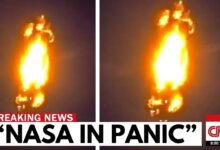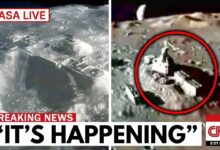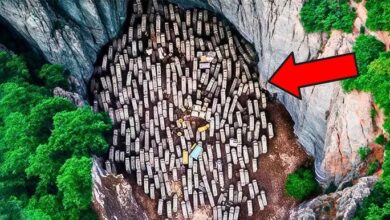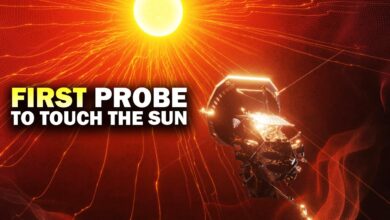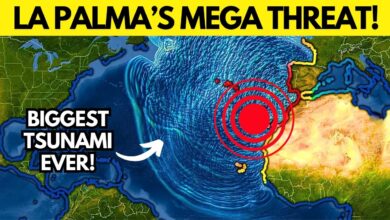1 MINUTE AGO: Chandrayaan-3’s Terrifying Moon Discovery JUST STOPPED THE WORLD
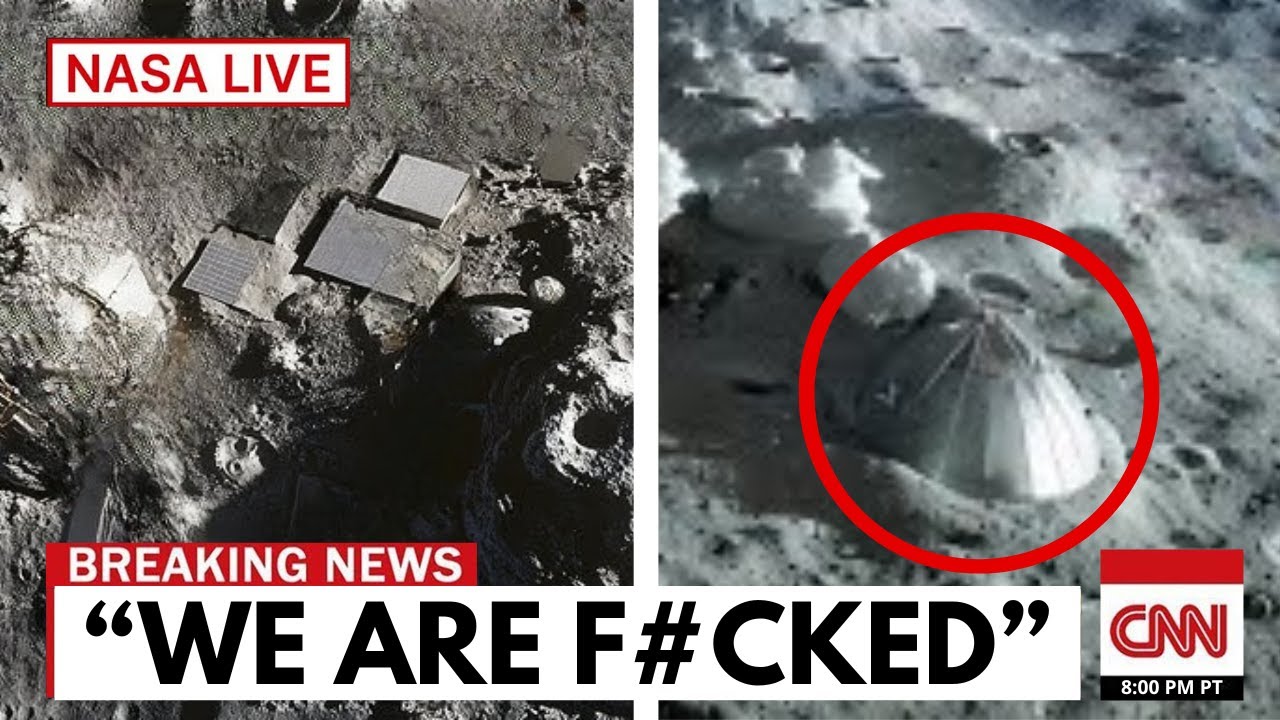
Chandrayaan-3: A Discovery Beyond Imagination Beneath the Moon’s South Pole
Chandrayaan-3 was meant to be a symbol of India’s triumph in space exploration. It landed where no probe had dared to go before: the dark, ancient South Pole of the Moon. At first, there was celebration—images and soil scans poured in. But soon after came silence… then whispers… and finally, a warning.
This isn’t science fiction. This isn’t conspiracy. This is what happens when one of the most advanced rovers ever built discovers something that defies physics—and perhaps something even stranger beneath the surface.
With flawless execution, the Vikram lander touched down in a place colder than Pluto, permanently shrouded in shadow—an area long considered the “Holy Grail” of lunar science. The Indian Space Research Organisation (ISRO) had done what no other agency dared attempt. Early data confirmed the dream: frozen water, silicate dust, and valuable metals like magnesium and aluminum—ideal for future moon bases.
But buried beneath those headlines was a far darker revelation, never mentioned in official briefings. The Pragyan rover began scanning the surface with its state-of-the-art spectrometers—and what it found shocked scientists. A material never before seen. Not on Earth. Not on the Moon. Not anywhere.
It absorbed light abnormally, even bent electromagnetic radiation in unpredictable ways. One engineer described it as “an energy sponge.” Michio Kaku called it “a terrifying anomaly.”
If this substance formed naturally, then our understanding of material science is fundamentally flawed. But if it didn’t—then someone, or something, put it there.
As the rover continued its mission, ground-penetrating radar was activated to scan beneath the surface. What it uncovered shook mission control: a massive hollow void, but not a random one. The radar revealed straight lines, perfect angles, repeating grid patterns. Early diagrams looked less like caves—and more like blueprints.
Kaku, after examining the data, called the structures “metallic, deliberate, organized, and likely ancient.” The void was enormous—big enough to house a small city.
Then came the heat.
Instruments began detecting thermal fluctuations—spikes in temperature, even in total darkness. The Moon, supposedly geologically dead for billions of years, showed signs of internal energy. Was it decaying heat from unknown material? A system still functioning? Or worse—an active, artificial structure?
And then, the rover began to malfunction.
After passing over the deepest part of the anomaly, Pragyan became erratic. Commands went unanswered. Data packets were corrupted. Its steady movements turned chaotic. Officially, ISRO cited mechanical issues. But off the record, engineers weren’t convinced.
One insider claimed the problems began exactly when the rover crossed the center of the void. Others speculated that the mysterious material was emitting electromagnetic interference. Then… complete silence.
This wasn’t just a hardware failure. It was a mystery… layered upon a discovery… layered upon a warning.
If what lies beneath the Moon’s South Pole is ancient—and still active—then each step we take may be triggering a system we don’t understand. Michio Kaku has now called for a global coalition, urging that no nation explore this anomaly alone. His warning:
“We may have just awakened something that was never meant to be touched.”
As news of Chandrayaan-3’s silence spread, governments around the world took notice. The discovery of an impossible substance, an artificial void, and a dead rover triggered international security protocols usually reserved for nuclear threats.
Military satellites quietly reoriented. Leaks emerged claiming that U.S. surveillance detected unexplained electromagnetic signals just before Pragyan shut down. China requested immediate access to ISRO’s raw data, fearing the discovery could affect Earth’s electromagnetic balance. Behind closed doors, a new word began circulating: containment.
This was no longer just a lunar mission. It had become a planetary security issue.
In an unexpected twist, a team of independent researchers compared the radar scans to ancient Vedic star maps. What they found was unsettling: the geometric layout beneath the Moon’s surface resembled sacred patterns—mandalas—found in ancient Indian scriptures.
Dr. Rakesh Verma, an expert in Sanskrit cosmology, noted that the proportions matched a symbolic “gateway” described in the Rigveda—a portal leading “beyond the dark sky.”
While mainstream scientists remain skeptical, these similarities have sparked growing debate among philosophers and physicists. Did ancient civilizations know something about the Moon’s true nature—something we are only now rediscovering?
Leaked documents suggest that the scanned material was not just unknown—it possessed never-before-seen photonic properties. It absorbed light across all visible and infrared spectra, and may even cancel electromagnetic fields around it. A leaked internal report called it:
“Optical dark matter.”
If confirmed, this means the Moon’s South Pole contains a substance capable of bending light, masking energy signatures, and even hiding entire regions from detection. If such material exists—or was engineered—then modern physics is no longer theoretical. It’s obsolete.
And so, as the world watches and Chandrayaan-3 lies silent beneath the shadows, one terrifying question remains:
What happens next?
What if the Moon isn’t just a lifeless rock, but a container—holding technology or knowledge from a time before recorded history? What if our curiosity has accidentally triggered something meant to stay buried?
Michio Kaku concluded one interview with a single, haunting sentence:
“There are things buried in this universe we were never meant to touch. And now… we may have touched one.”
Chandrayaan-3 was supposed to be a scientific milestone—a hopeful step forward. But what it uncovered may not be a triumph… but a threshold.
Because what if the Moon’s South Pole wasn’t untouched by chance—but avoided? What if, beneath those frozen craters and eternal shadows, something ancient waits—silent, buried… and watching?
Not a message. Not a warning. But a question:
Will they return?
We built a machine. We sent it across space. And when it touched that place… we lost control. Not just of a rover—but of the narrative.
Now, as scientists grow silent, satellites recalibrate, and physicists issue warnings instead of theories, one truth becomes impossible to ignore:
We were not the first to arrive. And we may not be the only ones watching.
What do you believe Chandrayaan-3 really uncovered?
Ancient technology? A natural anomaly? Or… something not of this world?
Share your thoughts below—and share this story if you believe this is not the end of a mission… but the beginning of a mystery far greater than the Moon itself.
